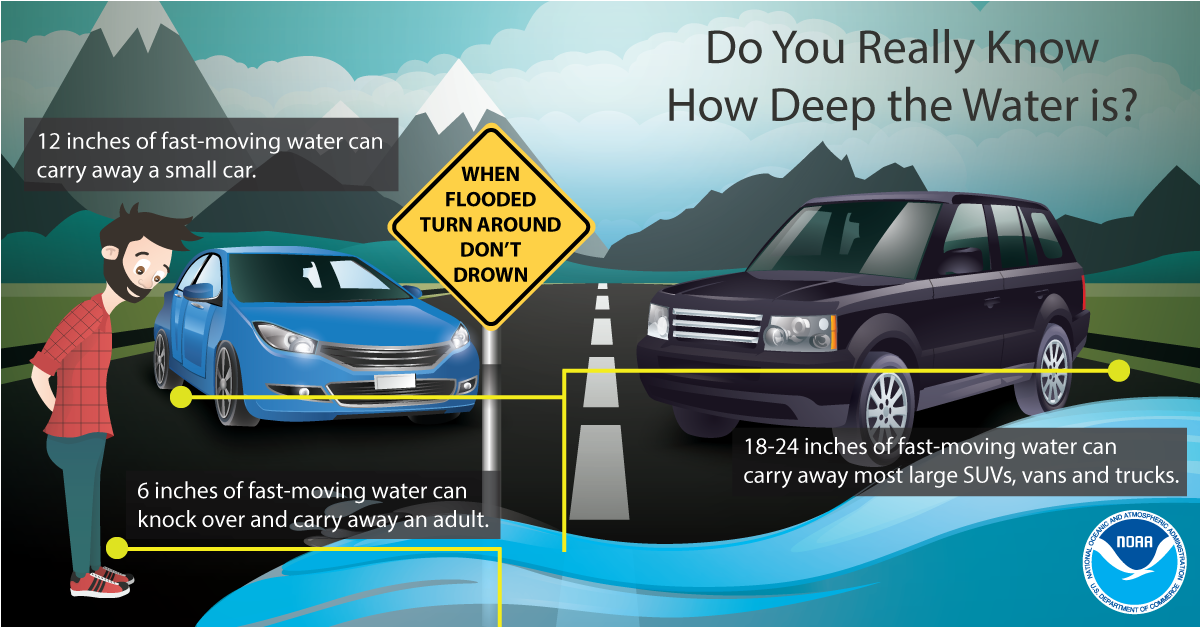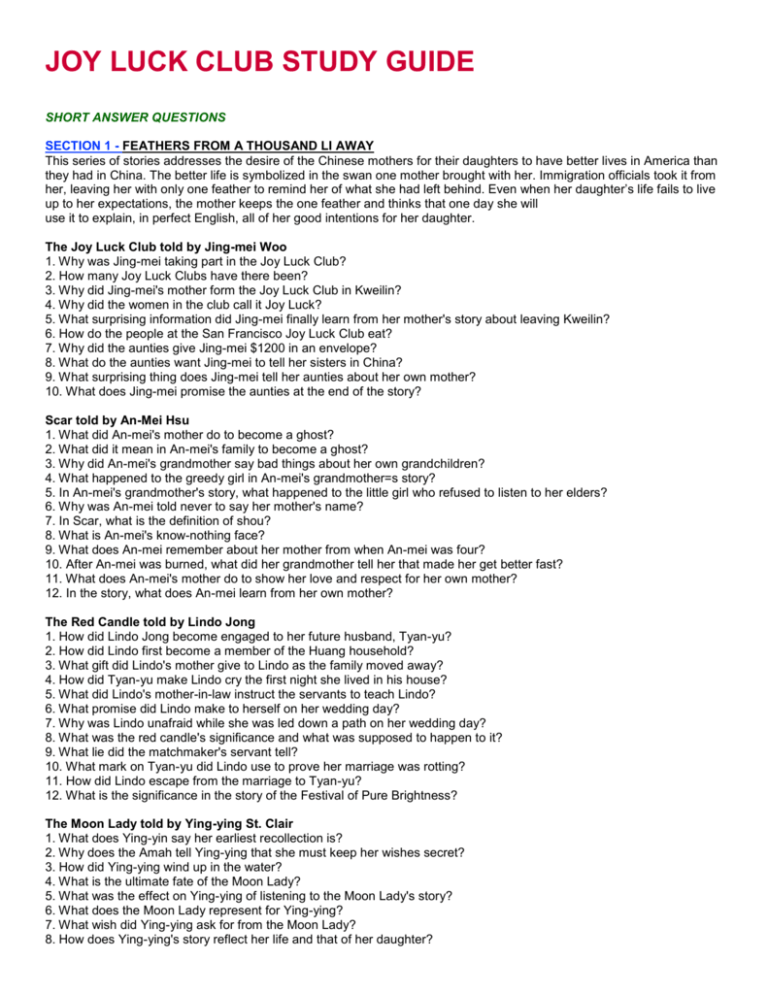Severe Weather Awareness Week - Flood Safety: A Comprehensive Guide

Table of Contents
Understanding Flood Risks
Identifying your personal risk level is the first step towards effective flood safety. Your location, proximity to waterways, and historical flood data all contribute to your vulnerability. Understanding different types of floods is also crucial for preparedness.
- Check your flood risk: Utilize online resources like FEMA's flood map service (www.floodsmart.gov) to determine your property's flood risk. This service provides detailed flood maps and risk assessments for various locations across the country.
- Types of floods: Familiarize yourself with the different types of floods, including riverine floods (overflowing rivers), flash floods (rapidly rising water), and coastal floods (storm surges). Knowing the type of flood most likely to affect your area helps you tailor your preparedness strategy.
- Warning signs: Recognize the warning signs of impending floods, such as heavy and persistent rainfall, rapidly rising water levels in rivers or streams, and official flood warnings issued by weather services. Stay informed through local news, weather alerts, and emergency broadcast systems.
- Potential flood hazards: Identify potential flood hazards in your area, such as steep slopes, inadequate drainage systems, and areas prone to erosion. Understanding these hazards allows you to take targeted preventative measures.
Preparing for a Flood
Proactive measures significantly reduce damage and improve safety during a flood. A well-defined plan and preparedness kit are vital components of effective flood safety.
- Family communication plan: Develop a family communication plan that outlines meeting points, emergency contact information, and evacuation procedures. This plan should be practiced regularly to ensure everyone knows what to do in a flood emergency.
- Flood emergency kit: Create a flood emergency kit containing essential supplies like bottled water, non-perishable food, a first-aid kit, necessary medications, copies of important documents (identification, insurance policies), flashlights, batteries, and a portable radio.
- Elevate valuables: Elevate valuable possessions and important documents to higher ground, ideally above the expected flood level. Consider waterproof containers or storage solutions to protect sensitive items.
- Flood insurance: Consider purchasing flood insurance, even if you're not in a high-risk flood zone. Standard homeowner's insurance typically doesn't cover flood damage.
- Utility shutoff: Learn how to safely turn off gas, water, and electricity at the main shutoff points. This crucial step minimizes the risk of further damage and potential hazards.
- Evacuation routes: Plan evacuation routes and identify safe locations where you and your family can seek shelter during a flood. Familiarize yourself with local evacuation shelters and their locations.
During a Flood: Staying Safe
Immediate actions during a flood can save lives. Prioritizing safety and following instructions from authorities are paramount.
- Evacuate immediately: Evacuate immediately if instructed by authorities. Do not hesitate; your safety is the top priority. Follow designated evacuation routes and heed instructions from emergency personnel.
- Never drive through flooded areas: "Turn around, don't drown" is a crucial guideline. Flooded roads can hide dangers like washed-out bridges and deep water. Even a small amount of water can sweep a vehicle away.
- Downed power lines: Stay away from downed power lines, as they can be electrically charged and extremely dangerous. Report downed power lines to the appropriate authorities immediately.
- Contaminated floodwater: Be aware of the dangers of contaminated floodwater, which can carry bacteria, viruses, and other harmful substances. Avoid contact with floodwater whenever possible.
- Monitor weather and updates: Monitor weather reports and official updates from emergency services for the latest information and instructions.
- Avoid hazards: Avoid floodwaters which may be electrically charged or contain dangerous debris like sharp objects, broken glass, or chemicals.
Protecting Your Property During a Flood
Minimizing property damage requires timely actions. Protecting your home can reduce the extent of flood-related losses.
- Home protection: Protect your home by boarding up windows and reinforcing doors to prevent damage from floodwaters and debris.
- Move valuables: Move valuable items to higher ground and consider using waterproof containers or covers to protect them from water damage.
- Sandbags: Use sandbags to protect vulnerable areas such as doorways and windows. Sandbagging can effectively prevent water from entering your home.
- Protective measures: Consider flood barriers or other protective measures to reduce the risk of water entering your home or business.
After the Flood: Recovery and Cleanup
Safe and efficient recovery after a flood is crucial for long-term well-being. Prioritize safety and follow guidelines for cleanup and recovery.
- Wait for safety declaration: Wait for authorities to declare the area safe before returning home. Assess the damage to your property and ensure it's structurally sound.
- Protective gear: Wear protective gear (rubber boots, gloves, masks) when cleaning up to protect yourself from potential hazards like contaminated water and hazardous materials.
- Contact insurance: Contact your insurance company to report damages and begin the claims process. Document all damages with photos and videos.
- Health hazards: Be aware of potential health hazards such as mold growth and contaminated water. Dispose of flood-damaged materials properly and consult with professionals for mold remediation.
- Proper disposal: Dispose of flood-damaged items properly according to local guidelines. Many items may need to be disposed of in special ways due to contamination.
- Document damages: Document all damages with photos and videos for insurance purposes. Keep detailed records of repairs and replacement costs.
Conclusion
Severe Weather Awareness Week emphasizes the importance of being prepared for all types of severe weather, including floods. By understanding your flood safety risks, taking proactive measures, and following safety guidelines during and after a flood, you can significantly reduce the impact of this devastating natural hazard. Remember, preparation is key to ensuring the safety of your family and property. Take the time today to learn more about flood safety and create a comprehensive flood preparedness plan for your home and family. Don't wait until it's too late; prioritize your flood safety now. Invest in your flood safety and protect your future.

Featured Posts
-
 The Best Office Chairs For 2025 Comfort Ergonomics And Value
May 25, 2025
The Best Office Chairs For 2025 Comfort Ergonomics And Value
May 25, 2025 -
 Amundi Msci All Country World Ucits Etf Usd Acc Net Asset Value Nav Explained
May 25, 2025
Amundi Msci All Country World Ucits Etf Usd Acc Net Asset Value Nav Explained
May 25, 2025 -
 Soaring Us China Trade The Impact Of The Trade Truce
May 25, 2025
Soaring Us China Trade The Impact Of The Trade Truce
May 25, 2025 -
 Wta Italian Open Gauff Beats Zheng In Hard Fought Semifinal
May 25, 2025
Wta Italian Open Gauff Beats Zheng In Hard Fought Semifinal
May 25, 2025 -
 Leeds United And Kyle Walker Peters Latest Transfer News
May 25, 2025
Leeds United And Kyle Walker Peters Latest Transfer News
May 25, 2025
Latest Posts
-
 The F1 40 Club A Study Of Late Career Performance
May 26, 2025
The F1 40 Club A Study Of Late Career Performance
May 26, 2025 -
 Beyond 40 Analyzing The Careers Of F1 Greats
May 26, 2025
Beyond 40 Analyzing The Careers Of F1 Greats
May 26, 2025 -
 Monaco Grand Prix Fp 1 Leclerc Sets The Pace Verstappen In Chase
May 26, 2025
Monaco Grand Prix Fp 1 Leclerc Sets The Pace Verstappen In Chase
May 26, 2025 -
 Formula 1 Legends Successes And Failures After 40
May 26, 2025
Formula 1 Legends Successes And Failures After 40
May 26, 2025 -
 Leclerc Fastest In Monaco Gp Fp 1 Verstappens Hot Pursuit
May 26, 2025
Leclerc Fastest In Monaco Gp Fp 1 Verstappens Hot Pursuit
May 26, 2025
